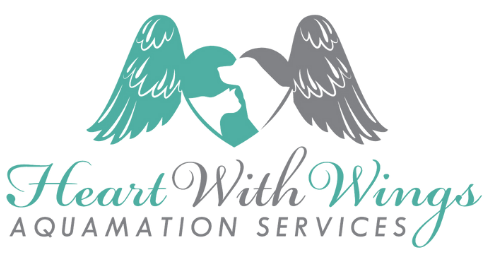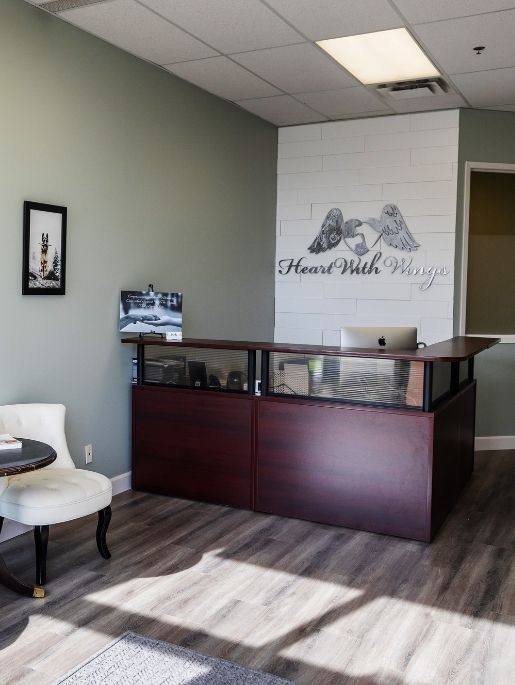Heart With Wings Aquamation Services
The entire Heart With Wings team promises to handle each pet with the same love and respect that we would are own.
We believe that our pet’s should be shown the same compassion and love that they were shown during their life
Why Us
About Heart With Wings Aquamation Service
Heart With Wings is owned and operated by local veterinarian, Dr. Laura Coulter. Her veterinary hospice service, ‘ Coulter Veterinary Hospice Service’ ensures a peaceful passing that honours and complements the wonderful life they have lived. She started Heart With Wings Aquamation because she believed that our pets should be shown the same compassion and love that they were shown during their life. The entire Heart With Wings team promises to handle each pet with the same love and respect that we would our own.
bio and water-based cremation
What is Pet Aquamation?
Aquamation is a form of pet cremation also known as alkaline hydrolysis, water-based cremation, and bio-cremation. Aquamation uses warm water, time, and alkali to mimic the natural decomposition of tissue that occurs after burial. In nature, this process can take years, but with the advancement in aquamation technology, this process now takes less than 20 hours.
want to learn more?
Aquamation FAQs
At Heart With Wings trained technicians who are skilled in performing aquamations will gently place your pet’s body into the aquamation chamber. Families can trust that their pet is in caring hands during the entire end of life process.
What are the benefits of aquamation?
- Carbon footprint that is 1/10th that of fire-based cremation
- Uses 90% less natural gas
- Reduces more than 90% of carbon emissions
- Conserves more than 66% more electricity
- 100% mercury-free
- Uses 95% less energy than fire cremation
- 20% more remains returned back to the family
What is the difference between cremation and aquamation?
Are the powdered cremains or ashes safe to handle?
Are the alkali’s used in aquamation safe for the environment?
Only 5 % of the solution is alkalis, the rest is simply water. At the end of the 20 hour process, all of the alkali mineral has been used up.

